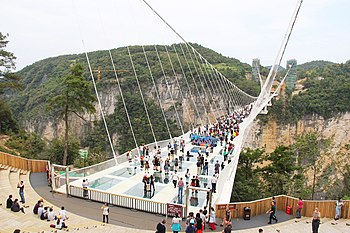
In sociology, habitus is the way that people perceive and respond to the social world they inhabit, by way of their personal habits, skills, and disposition of character.
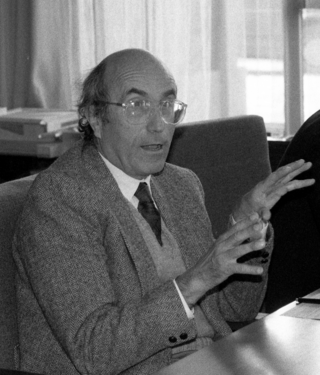
Niklas Luhmann was a German sociologist, philosopher of social science, and a prominent thinker in systems theory.
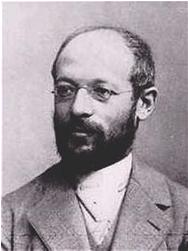
Georg Simmel was a German sociologist, philosopher, and critic.

Pierre Bourdieu was a French sociologist and public intellectual. Bourdieu's contributions to the sociology of education, the theory of sociology, and sociology of aesthetics have achieved wide influence in several related academic fields. During his academic career he was primarily associated with the School for Advanced Studies in the Social Sciences in Paris and the Collège de France.

Ferdinand Tönnies was a German sociologist, economist, and philosopher. He was a significant contributor to sociological theory and field studies, best known for distinguishing between two types of social groups, Gemeinschaft and Gesellschaft. He co-founded the German Society for Sociology together with Max Weber and Georg Simmel and many other founders. He was president of the society from 1909 to 1933, after which he was ousted for having criticized the Nazis. Tönnies was regarded as the first proper German sociologist and published over 900 works, contributing to many areas of sociology and philosophy. Tönnies, Max Weber, and Georg Simmel are considered the founding fathers of classical German sociology. Though there has been a resurgence of interest in Weber and Simmel, Tönnies has not drawn as much attention.
Gemeinschaft and Gesellschaft, generally translated as "community and society", are categories which were used by the German sociologist Ferdinand Tönnies in order to categorize social relationships into two types. The Gesellschaft is associated with modern society and rational self-interest, which weakens the traditional bonds of family and local community that typify the Gemeinschaft. Max Weber, a founding figure in sociology, also wrote extensively about the relationship between Gemeinschaft and Gesellschaft. Weber wrote in direct response to Tönnies.
The German Sociological Association is a professional organization of social scientists in Germany. Established in Berlin on January 3, 1909, its founding members included Rudolf Goldscheid, Ferdinand Tönnies, Max Weber, and Georg Simmel. Its first president was Tönnies, who was forced out of office by the Nazi regime in 1933; his successor, Hans Freyer, attempted to reform the DGS on Nazi lines but ultimately decided to suspend its activities the following year. The DGS was revived after World War II under the chairmanship of Leopold von Wiese in 1946, and has remained active since then, with about 3,200 members as of 2019.
Sociophysiology is the "interplay between society and physical functioning" involving "collaboration of two neighboring sciences: physiology and sociology". In other words, sociophysiology is physiological sociology, a special science that studies the physiological side of human interrelations.
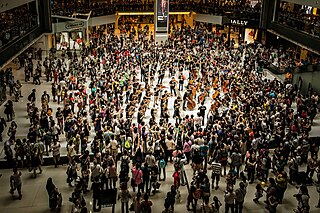
Sociomusicology, also called music sociology or the sociology of music, refers to both an academic subfield of sociology that is concerned with music, as well as a subfield of musicology that focuses on social aspects of musical behavior and the role of music in society.

Lars Michael Clausen was a German sociologist and professor at the University of Kiel.

Sociology is the scientific and systematic study of human society that focuses on society, human social behavior, patterns of social relationships, social interaction, and aspects of culture associated with everyday life. Regarded as a part of both the social sciences and humanities, sociology uses various methods of empirical investigation and critical analysis to develop a body of knowledge about social order and social change. Sociological subject matter ranges from micro-level analyses of individual interaction and agency to macro-level analyses of social systems and social structure. Applied sociological research may be applied directly to social policy and welfare, whereas theoretical approaches may focus on the understanding of social processes and phenomenological method.
Arnold Hauser was a Hungarian-German art historian and sociologist who was perhaps the leading Marxist in the field. He wrote on the influence of change in social structures on art.
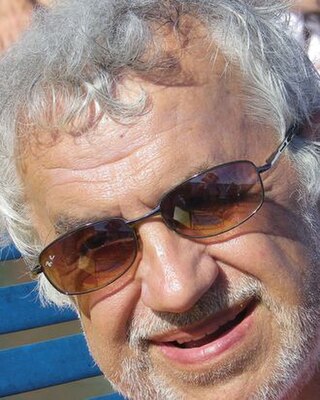
Ingo Mörth is an Austrian sociologist.
"The Stranger" is an essay by Georg Simmel, originally written as an excursus to a chapter dealing with the sociology of space in his book Soziologie. In this essay, Simmel introduced the notion of "the stranger" as a unique sociological category. He differentiates the stranger both from the "outsider" who has no specific relation to a group and from the "wanderer" who comes today and leaves tomorrow. The stranger, he says, comes today and stays tomorrow. The stranger is a member of the group in which he lives and participates and yet remains distant from other – "native" – members of the group. In comparison to other forms of social distance and difference the distance of the stranger has to do with his "origins". The stranger is perceived as extraneous to the group and even though he is in constant relation to other group members; his "distance" is more emphasized than his "nearness". As one subsequent interpreter of the concept put it, the stranger is perceived as being in the group but not of the group.
Heinrich Wilhelm Schäfer was born in 1955. He currently holds the chairs of Protestant Theology and Sociology of Religion at the Faculty of History, Philosophy and Theology and the Faculty of Sociology, Bielefeld University. He is member and co-founder of the Center for Interdisciplinary Research on Religion and Society.

Vittorio Magnago Lampugnani is an architect, architectural theorist and architectural historian as well as a professor emeritus for the History of Urban Design at the Swiss Federal Institute of Technology Zurich. He practices and promotes a formally disciplined, timelessly classic, and aesthetically sustainable form of architecture, one without modernist or postmodernist extravagances. As an author and editor of several acclaimed works of architectural history and theory, his ideas are widely cited.

This bibliography of sociology is a list of works, organized by subdiscipline, on the subject of sociology. Some of the works are selected from general anthologies of sociology, while other works are selected because they are notable enough to be mentioned in a general history of sociology or one of its subdisciplines.
Émile Lasbax was a French philosopher and sociologist of the early 20th century.

Leopold Max Walther von Wiese und Kaiserswaldau was a German sociologist and economist, as well as professor and chairman of the German Sociological Association.

Elena Esposito is an Italian sociologist who works in the field of social systems theory. She teaches general sociology at Bielefeld University (Germany) and prediction and the future of public policy at the University of Bologna (Italy). Her research is embedded in Luhmannian social systems theory.
